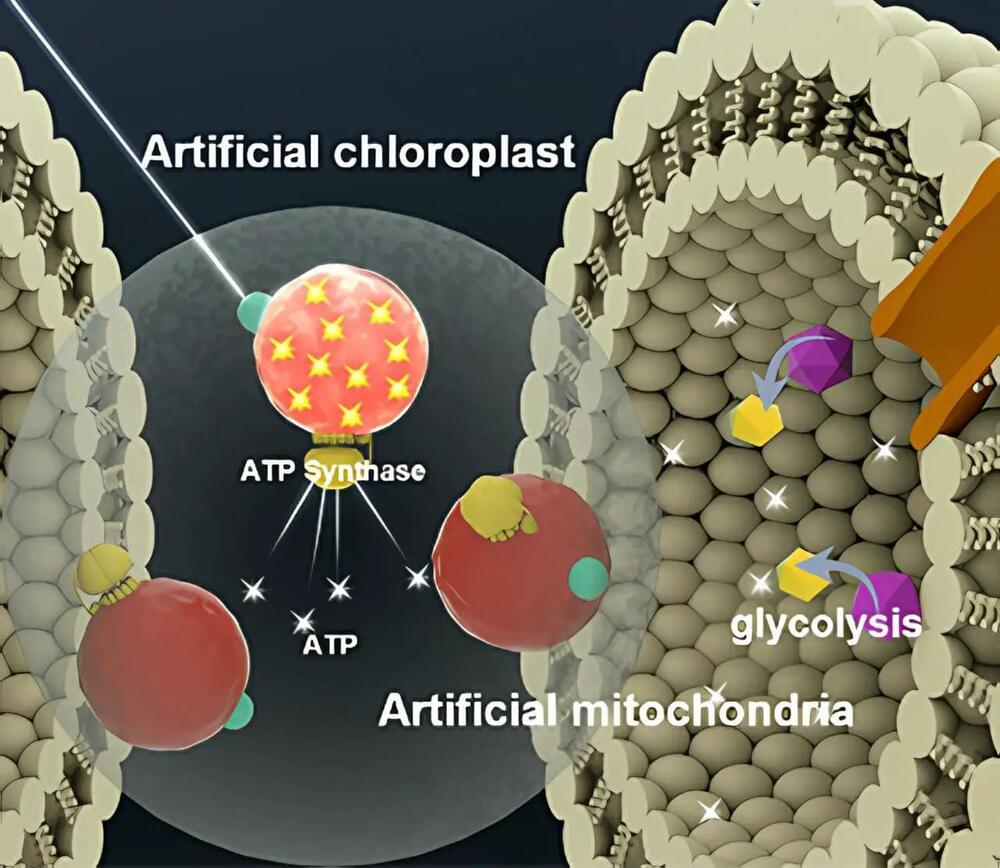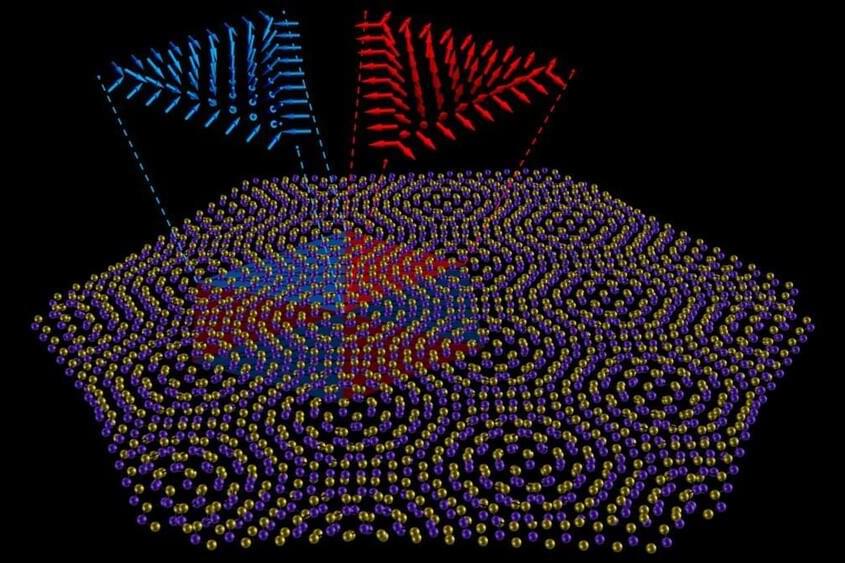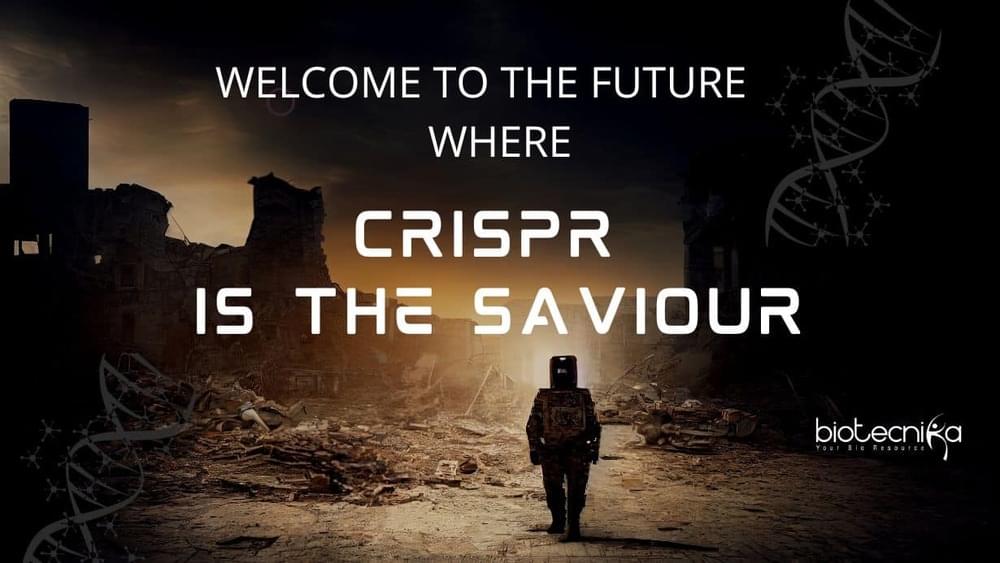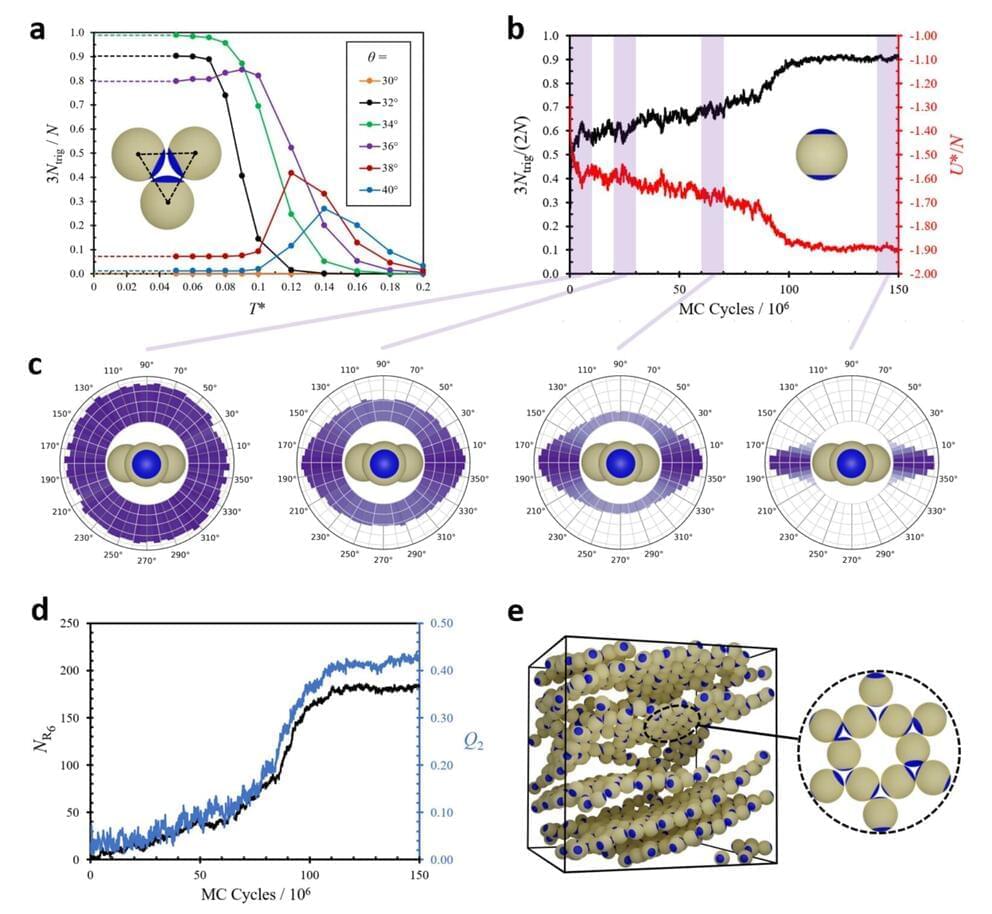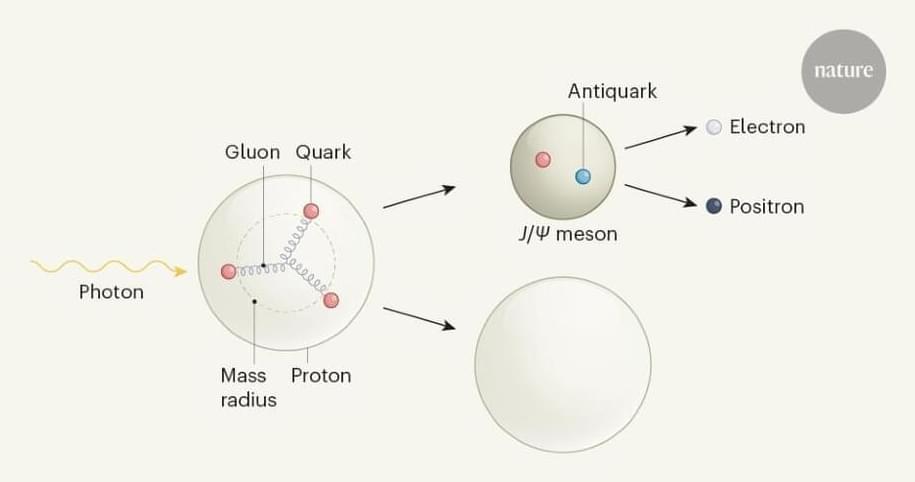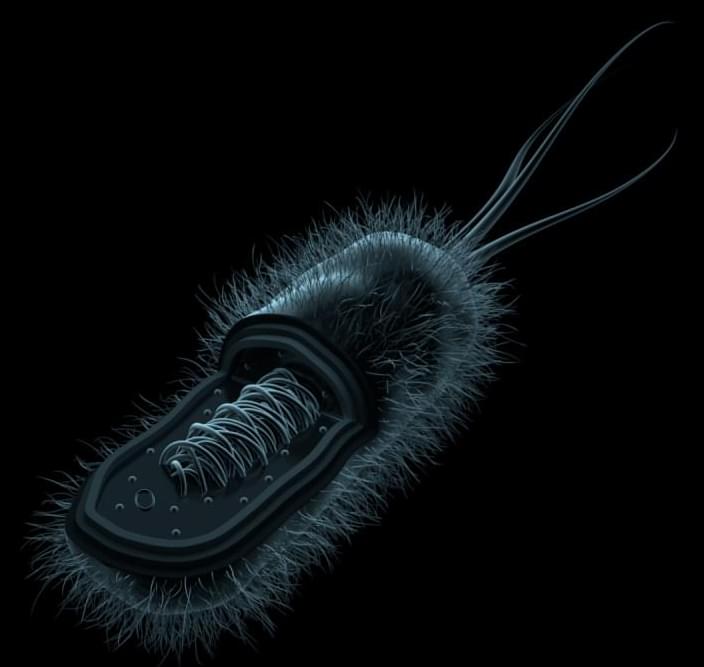Assessing how energy-generating synthetic organelles could sustain artificial cells.
Researchers have assessed the progress and challenges in creating artificial mitochondria and chloroplasts for energy production in synthetic cells. These artificial organelles could potentially enable the development of new organisms or biomaterials. The researchers identified proteins as the most crucial components for molecular rotary machinery, proton transport, and ATP production, which serves as the cell’s primary energy currency.
Energy production in nature is the responsibility of chloroplasts and mitochondria and is crucial for fabricating sustainable, synthetic cells in the lab. Mitochondria are not only “the powerhouses of the cell,” as the middle school biology adage goes, but also one of the most complex intracellular components to replicate artificially.
